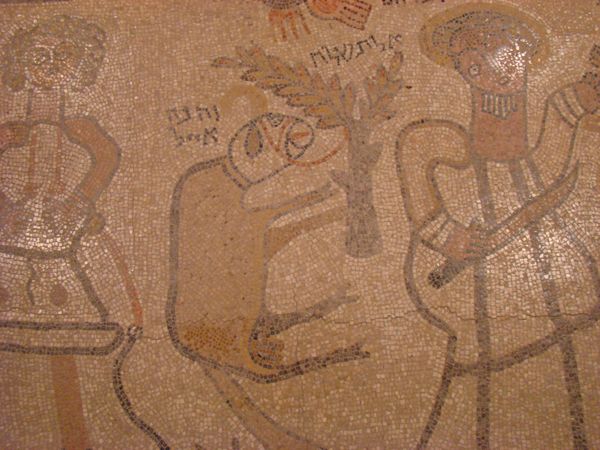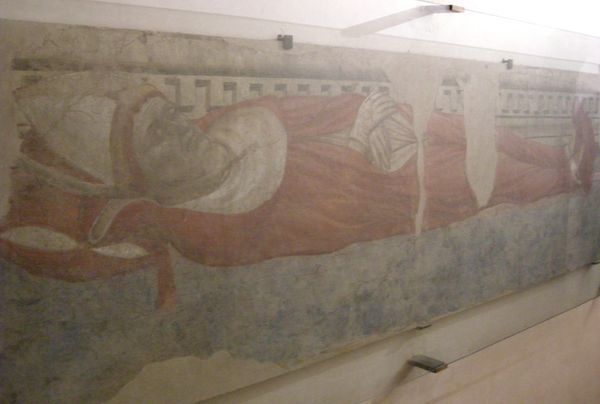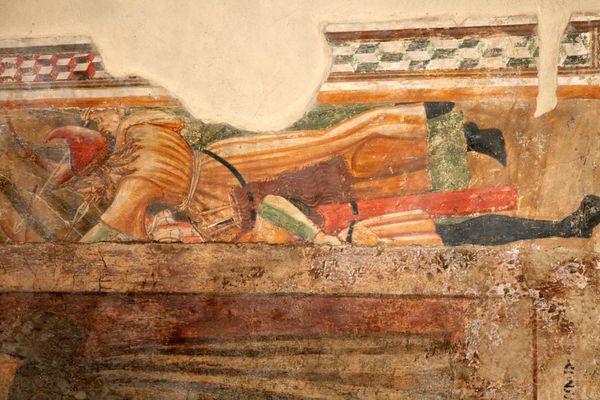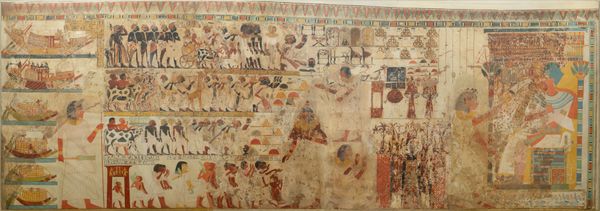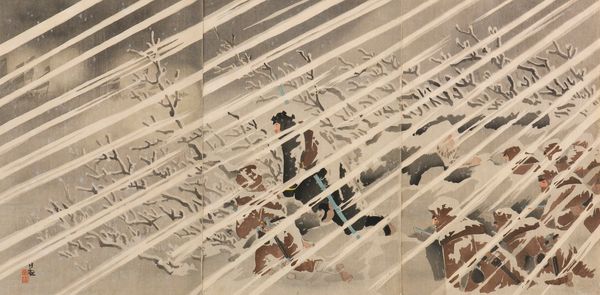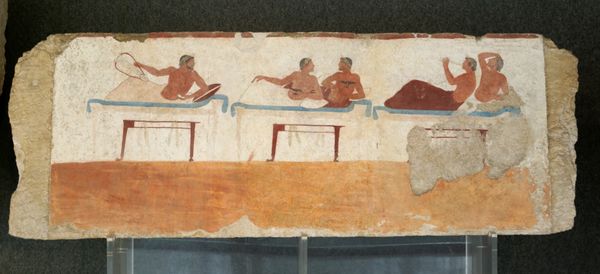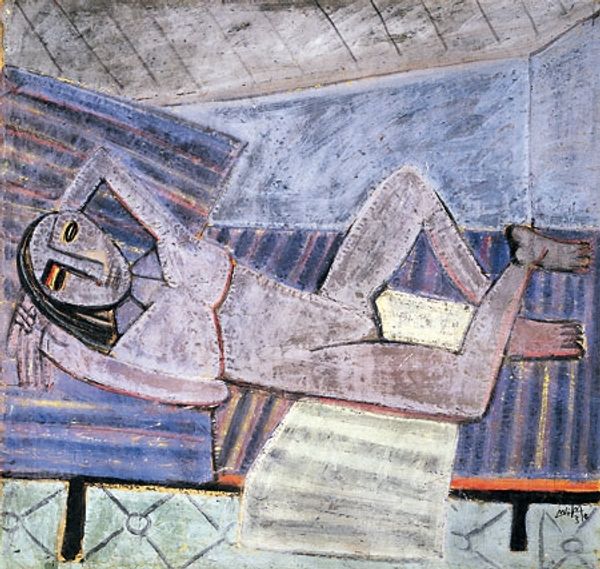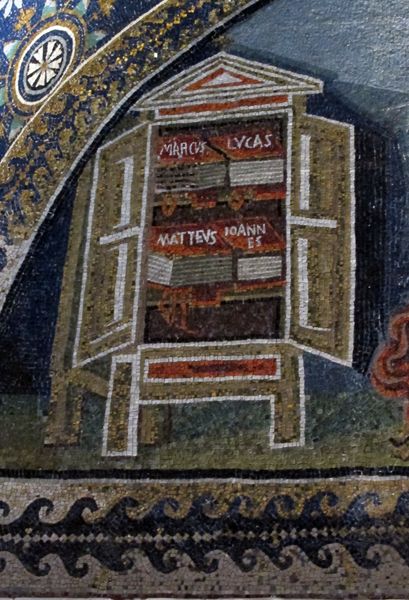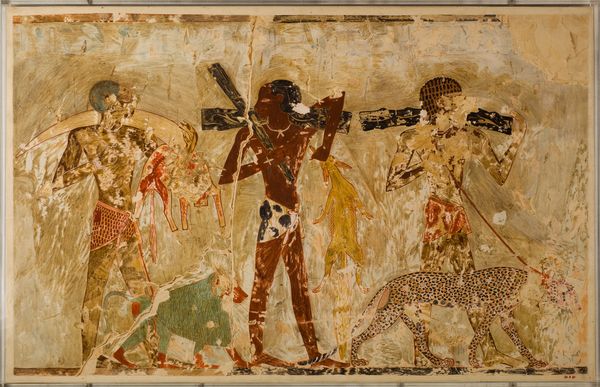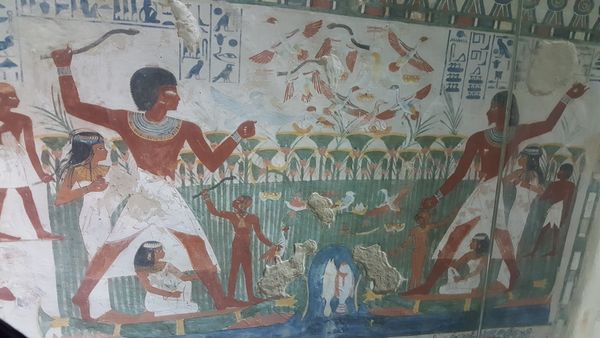
tempera, painting
portrait
narrative-art
tempera
painting
ancient-egyptian-art
figuration
ancient-mediterranean
history-painting
Copyright: Public domain
This painted sarcophagus was made in Roman Egypt sometime between 50 and 250 AD. The artist has used tempera, a rudimentary paint made from pigment mixed with egg yolk, on a wooden base. Given the period and location, this choice of material tells us much about the environment in which the object was made. Wood wasn't exactly plentiful in Egypt, suggesting that the customer who commissioned this piece had a degree of wealth. Tempera, too, was relatively costly, not least due to the labor involved in gathering and preparing the pigments. But even so, this isn't the most refined of sarcophagi; it lacks the finesse and refinement of other examples from this time. It is likely that the artist belonged to a workshop which was used to creating works for middle-class clients. The production of objects like this one, while not ‘high art’ as such, gives us an insight into the social and economic conditions of Roman Egypt. It challenges the distinctions that we often draw between art, craft, and design.
Comments
No comments
Be the first to comment and join the conversation on the ultimate creative platform.
